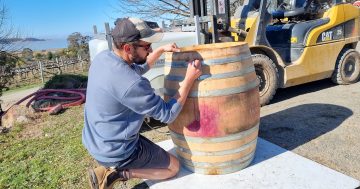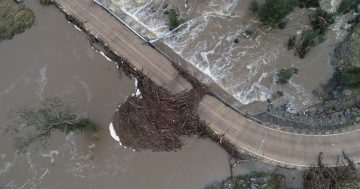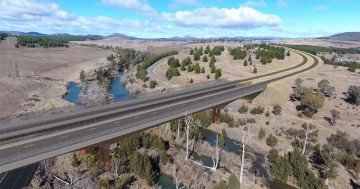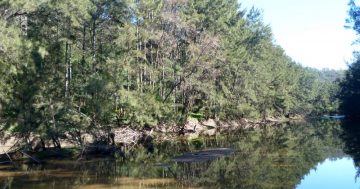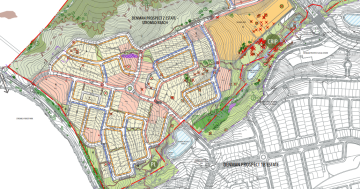Territory and Municipal Services are letting us know they’re attacking beautiful willows near Oaks Estate to leave a blasted, but more authentic moonscape behind.
“The ACT Government has committed $1.5 million toward the cleanup of Willow debris, Willow control and river restoration work in identified priority areas,” Mr Hughes said. “This funding has been provided in addition to ongoing works associated with Willow control.
“Clean up of Willow debris has been underway since October 2011 along Woolshed Creek in the Majura Valley and along the Queanbeyan and Molonglo Rivers at Oaks Estate and below Scrivener Dam with an estimated 500 truckloads of woody debris already removed.
“Work will now commence on phase two of the program which will involve poisoning and removal of established Willows using recognised control techniques. This work will first take place along the Queanbeyan and Molonglo Rivers at Oaks Estate followed by the Molonglo River below Scrivener Dam. The removal of blackberries and other woody weeds growing along river banks will also occur as part of this program.”
Mr Hughes said after Willows have been removed, work will commence to rehabilitate the area. Revegetation will take place in Autumn and there will be opportunities for community planting days.











